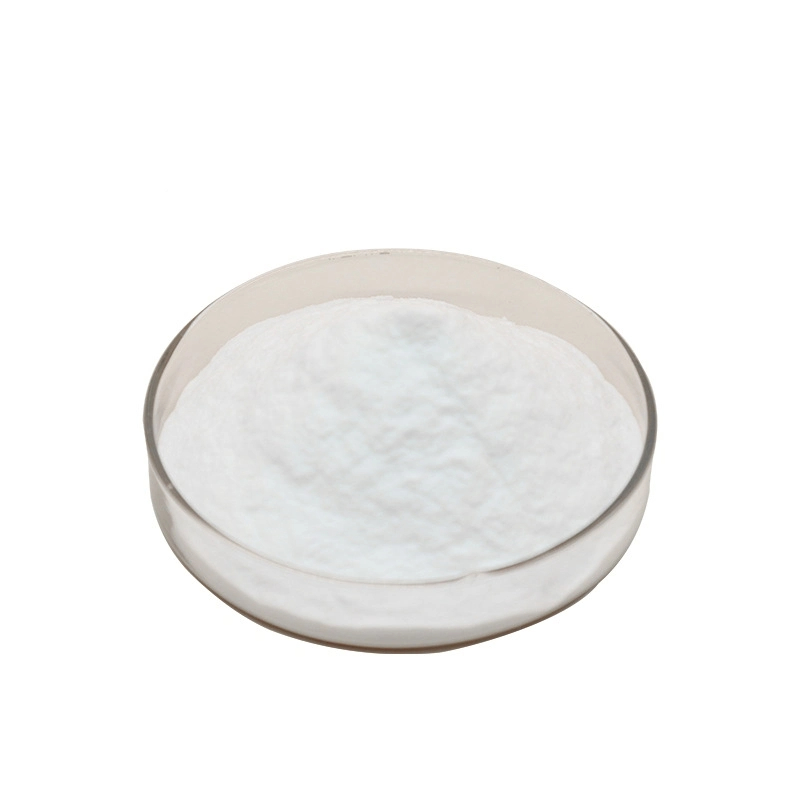



sodium sulfide bonding
Sodium Sulfide Bonding An Overview
Sodium sulfide (Na2S) is a significant inorganic compound that plays a critical role in various industrial processes, particularly in the fields of chemistry and materials science. Its bonding characteristics are pivotal in understanding its applications and interactions with other substances. This article delves into the nature of sodium sulfide bonding, its properties, and its implications in different sectors.
At its core, sodium sulfide is composed of sodium ions (Na⁺) and sulfide ions (S²⁻). The bonding between these ions is primarily ionic in nature. The sodium atoms, which are metals, have a tendency to lose an electron and form positive ions. In contrast, sulfur, a nonmetal, gains electrons to achieve a stable electronic configuration. This electron transfer creates a strong electrostatic attraction between the positively charged sodium ions and the negatively charged sulfide ions, resulting in a stable ionic compound.
The lattice structure of sodium sulfide is a crucial aspect of its bonding. In solid-state, the ions are arranged in a three-dimensional lattice, where each sodium ion is surrounded by sulfide ions and vice versa. This arrangement contributes to the compound's high melting point and solubility in water. When dissolved, sodium sulfide dissociates into sodium and sulfide ions, making it a versatile reagent in chemical reactions.
sodium sulfide bonding

One of the most significant applications of sodium sulfide bonding occurs in the paper industry. It is used in the pulping process to break down lignin, a complex organic polymer found in wood. By breaking these bonds, sodium sulfide aids in separating cellulose fibers, ultimately leading to the production of high-quality paper. This application highlights the importance of sodium sulfide bonding in facilitating chemical reactions that are essential for manufacturing processes.
In the realm of environmental science, sodium sulfide serves as a reducing agent in wastewater treatment. Its ability to bond with heavy metals and precipitate them out of solution is vital for removing toxic substances from industrial effluents. The bonding interactions help in the formation of insoluble metal sulfides, which can be effectively removed from water, thus playing a crucial role in pollution control.
Furthermore, research into sodium sulfide bonding has implications for advanced materials development. For instance, the compound is explored in the synthesis of nanomaterials, where its bonding characteristics can lead to the formation of novel structures with unique properties. These advancements open new avenues for applications in electronics, catalysis, and even renewable energy solutions.
In conclusion, sodium sulfide bonding is a fundamental aspect of both its chemical behavior and its applications across various industries. Understanding the ionic interactions within this compound not only underscores its significance in traditional roles, such as paper production and wastewater treatment, but also highlights its potential in pioneering technological advancements. As research continues to evolve, the insights gained from studying sodium sulfide bonding could lead to more sustainable practices and innovative solutions in the future.
-
Why Strontium Carbonate Still MattersNewsJun.06,2025
-
Why BaSO4 MattersNewsJun.06,2025
-
Why Barium Carbonate Still MattersNewsJun.06,2025
-
Strontium Hydroxide: A Versatile Compound for Modern ApplicationsNewsJun.06,2025
-
Strontium Chloride in Daily IndustryNewsJun.06,2025
-
Pure Potassium Nitrate for SaleNewsJun.06,2025
-
What Is Sodium Bisulfate Used For?NewsMay.15,2025










